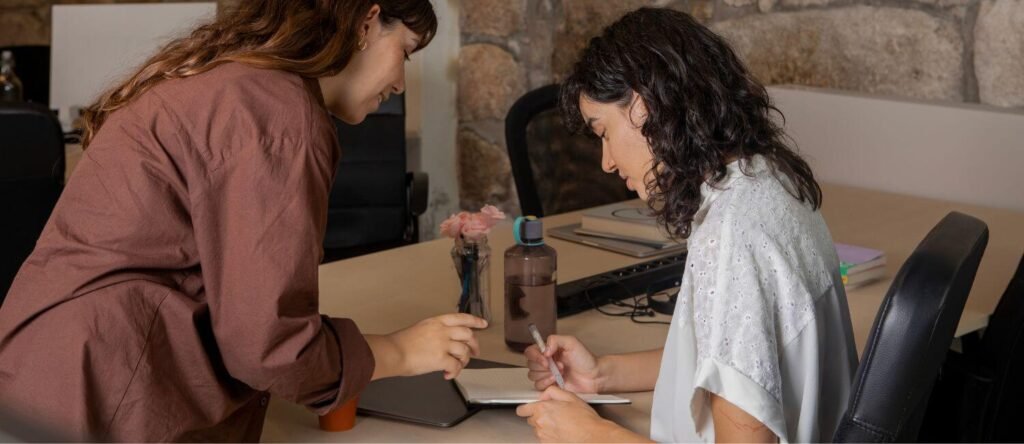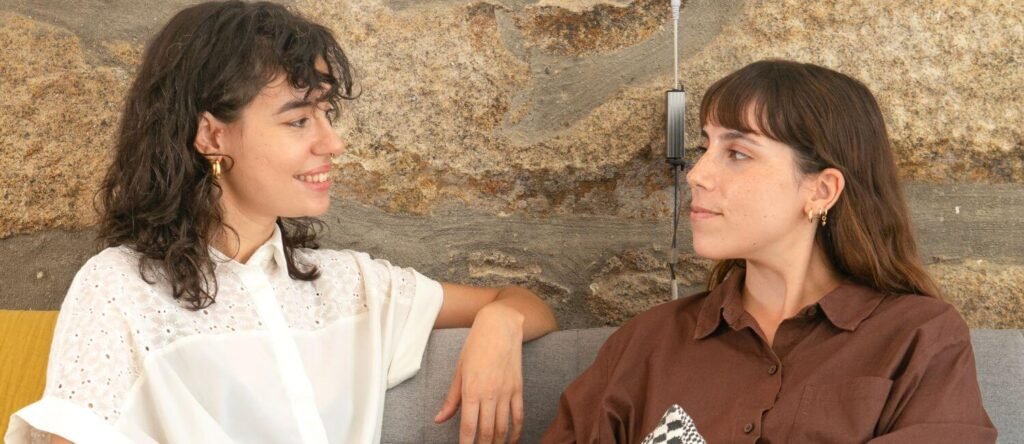When we hear “intelligence in the workplace,” we often picture the person who always knows the answer, processes information quickly, or graduated top of their class. But that’s only one kind of intelligence. What about the colleague who stays calm under pressure, the one who solves problems visually, or the person who instinctively brings a team together? These are all forms of workplace intelligence — and they’re just as valuable.
In truth, intelligence in the workplace doesn’t follow one format. It’s diverse and essential to building strong, high-performing teams.
Workplace Intelligence Comes in Many Forms
Across most workplaces, you’ll find a wide range of strengths — and each contributes something unique. One person might quickly spot errors in a data set. Another may excel at organising chaos into actionable plans. Someone else could be especially skilled at reading the emotional tone of a room and responding thoughtfully.
Take, for example, a graphic designer with dyslexia. They might struggle with written briefs but communicate powerfully through visuals. Likewise, a colleague on the autism spectrum may avoid small talk but consistently deliver high-quality work ahead of schedule. These are not exceptions. Rather, they are examples of everyday intelligence in the workplace — though they’re often overlooked under traditional definitions of “smart.”
Why Teams Need Different Thinkers
Teams that embrace diverse thinking styles tend to generate better ideas and solutions. When everyone in a brainstorming session thinks alike, ideas often echo each other. In contrast, mixing perspectives — such as a visual thinker, a reflective processor, and a bold question-asker — creates more depth and fewer blind spots.
A real-world example comes from Ultranauts, a quality engineering firm where more than 75% of employees are neurodivergent. The company, co-founded by someone on the autism spectrum, has reimagined its processes to suit a wide range of working styles. Asynchronous updates, structured check-ins, and flexible communication methods are just a few of the inclusive practices they use. As a result, their productivity and employee wellbeing have improved significantly — proving that inclusion fuels performance.
Smart Leadership Means Supporting Different Work Styles

Recognising different types of intelligence in the workplace is only the first step. Supporting them takes thoughtful leadership. People don’t need special treatment — they need environments that allow their strengths to shine.
For instance, a slower processor might share brilliant insights if given a meeting agenda in advance. A visual learner may benefit from diagrams and videos instead of lengthy written guides. Meanwhile, an employee sensitive to noise could thrive when allowed to use noise-cancelling headphones or work during quieter hours.

These small changes don’t just accommodate individual preferences. They unlock performance potential across the team.
Simple Ways to Support Inclusive Workplace Intelligence
Creating a more inclusive workplace doesn’t have to be complex. Here are some simple but impactful strategies:
Use multiple formats: Combine emails with visuals or voice notes to accommodate different processing styles.
Ask instead of assuming: Questions like “What helps you do your best work?” foster trust and insight.
Offer flexible feedback options: While some prefer written notes, others thrive on quick verbal check-ins.
Let people choose their tools: From whiteboards to scheduling blocks, flexibility enhances productivity.
Implementing even a few of these ideas can significantly improve how different types of workplace intelligence show up and succeed.
Inclusion Doesn’t Lower Standards — It Removes Barriers

Let’s be clear: supporting diverse thinking doesn’t mean lowering expectations. It means making sure everyone has a fair chance to succeed. After all, you wouldn’t expect a fish to climb a tree — so why expect every employee to work the same way?
Some people speak quickly and think aloud. Others prefer to observe, reflect, and respond with care. Certain team members rely on routine, while others are most creative when working freely. None of these traits are signs of weakness — they’re simply different expressions of intelligence in the workplace.
So the next time a colleague works differently from you, don’t rush to “fix” it. You might be witnessing a different kind of brilliance — one your team needs more of.




